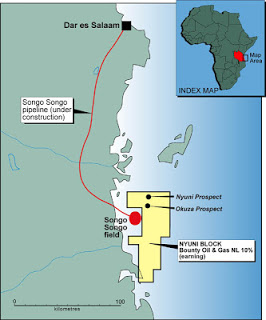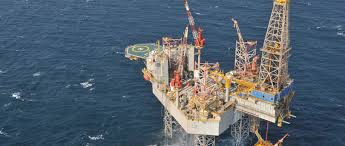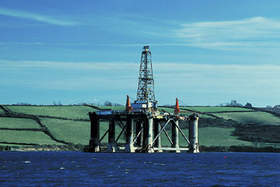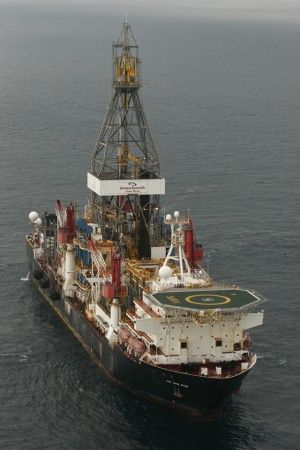Where do We Find Oil and Gas?
Unfortunately oil and gas do not exist is liquid pools underneath the earth’s surface. In fact, you could hold a rock containing oil in your hand and would not be able to see the oil.
Also Read:How oil and gas are formed
Important Properties of Rocks
Rock Formation Showing Strata For rocks to contain oil and gas they must have two very important properties. The rock must have a place for the oil and gas to be stored. These storage areas are called pores. These pores are not visible to the naked eye and must be viewed using a microscope. The number of pores that a rock contains indicates how much oil or gas can be stored. The more pores the more oil or gas that can be contained in the rock.
Scientists measure the amount of pore space by determining the rock’s porosity. Porosity is expressed as the volume percent of the rock that contains open space and can range from 5 to 30%.
Drawing Illustrating Porosity and Permeability
The greater the porosity, the more oil and gas can be stored in the rock. Porosity does not mean that there is oil or gas in the the rocks. In fact the pores could be filled with water.
Not only must the rocks have pores, the pores must be connected so that the oil and gas can move through the rock. Scientists measure the ability of oil and gas to move through rock by determining its permeablity.
Oil and gas in low permeability rock have difficulty moving out of the rock and into a well. Permeability is measured in thousandths of a darcy or millidarcys. Sandstone and carbonate rocks are generally the most porous and permeable rocks and are therefore where scientists usually find oil and gas.












Comments are closed.